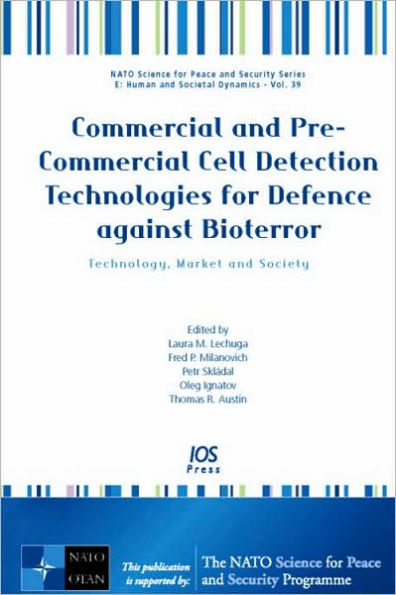Home
Commercial and Pre-Commercial Cell Detection Technologies for Defence Against Bioterror : Technology, Market and Society
Barnes and Noble
Commercial and Pre-Commercial Cell Detection Technologies for Defence Against Bioterror : Technology, Market and Society
Current price: $161.00


Barnes and Noble
Commercial and Pre-Commercial Cell Detection Technologies for Defence Against Bioterror : Technology, Market and Society
Current price: $161.00
Size: OS
Loading Inventory...
*Product information may vary - to confirm product availability, pricing, shipping and return information please contact Barnes and Noble
As a response to the rapidly emerging threat of bioterrorism, the objectives of this volume of Commercial and Pre-Commercial Cell Detection Technologies for Defence against Bioterror - Technology, Market and Society are to exchange information on commercially available technologies and equipment for defense against bioterrorism; to further the development of new biosensor system prototypes into a commercially available apparatus and to explore human factors in BWA biosensors. The new commercial and pre-commercial technologies that are currently emerging in the world are presented and explained. Furthermore, there is a discussion about the interaction of modern detection systems with society and a trial for improvement of the relation between the scientific community and commercial entities. There are four major areas highlighted: the first is a presentation of the most advanced biosensors and biodetection system which can be found in the market or are quite close to commercialization. Systems as the BIOHAWK™, SASS 2000, RAPTOR, Bionas® 2500, OWLS, or a portable SPR are presented in this section. The second issue is a presentation of the advances in the research of biodetection devices as DNA and protein microchips, micro and nanophotonic sensors, CMOS microsensor chips, electrochemical arrays, physical platforms, electro optical detection, mass detection, etc. Then, there is a description of the latest developments in the employment of bioreceptor layers for the selective detection of BWA, as protein signatures, molecular imprinted polymers, membrane engineering (MIME), cell signatures, monoclonal antibodies, synthetic antibodies and lytic phages, among others. The last part is thediscussion of the human factor: societal issues related to sensor development and employment for BWA detection.


















